7 best winterproof plants to survive the cold
These plants will flourish through the winter
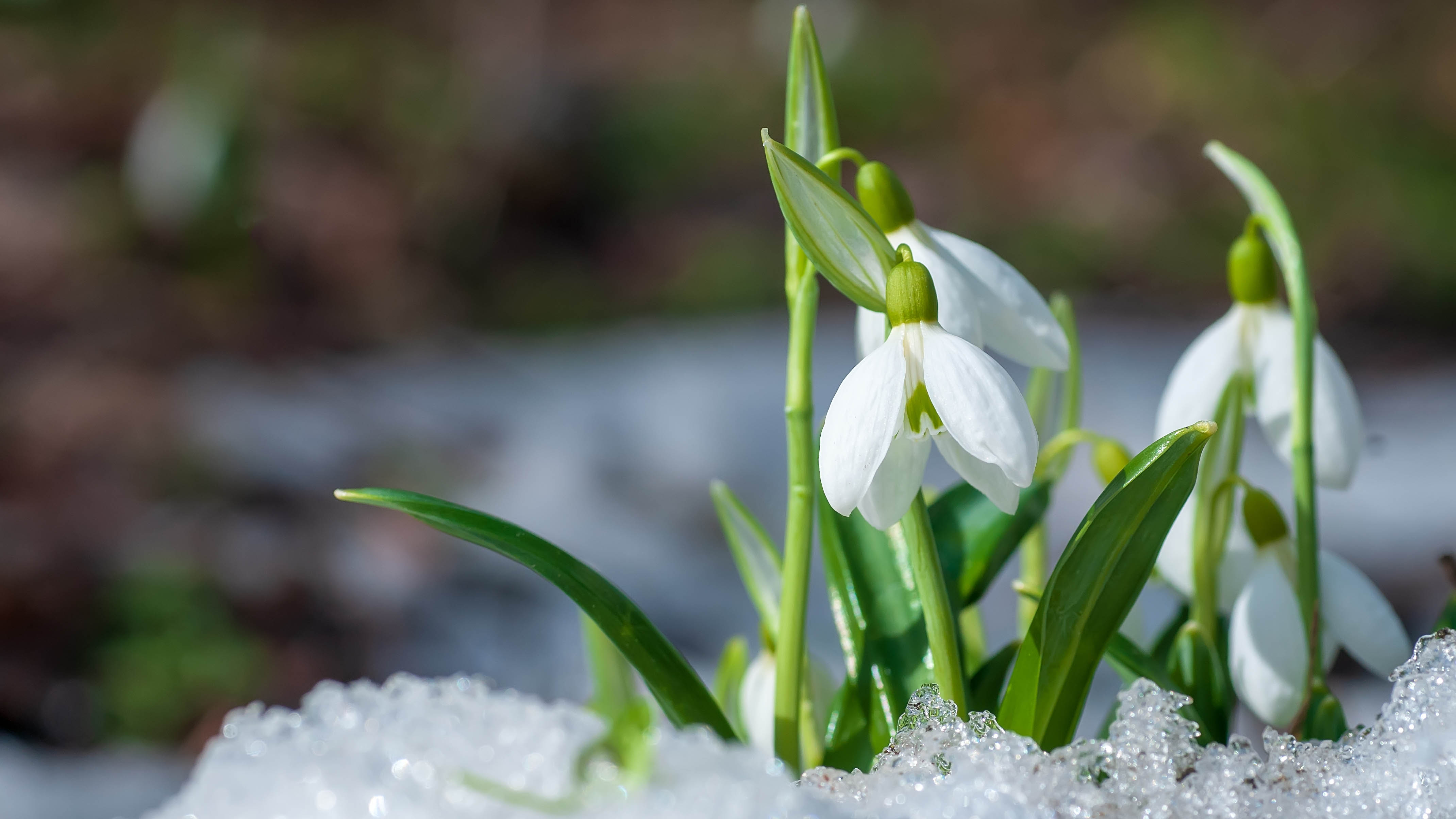
As the temperature drops and the leaves start to fall, so our gardens start to lose some of the vibrancy with which they bloomed over the summer. Many flowers die back at this time of year, while thick foliage can turn into a nest of twigs. Even if you’ve found the 7 best plants that grow back every year, most flower displays are lacklustre through the winter months to say the least. But it doesn’t have to be this way.
Certain plants can not only survive the colder weather, but thrive in it. And by incorporating these in your flower beds, you'll be adding some much-needed color and character to your yard in during the colder months. You might also be asking what planting zone am I in? It will help you discover the right plants for your location that can withstand the coldest climate. If you’re keen to learn about the options, we’ve listed 7 here to get you started. Read on for the best winterproof plants to survive the cold.
If you’re tight for space, here are the 7 best small trees for a compact yard. We've also found 7 best plants to grow on a wall and 7 best plants for hanging baskets.
1. Common holly
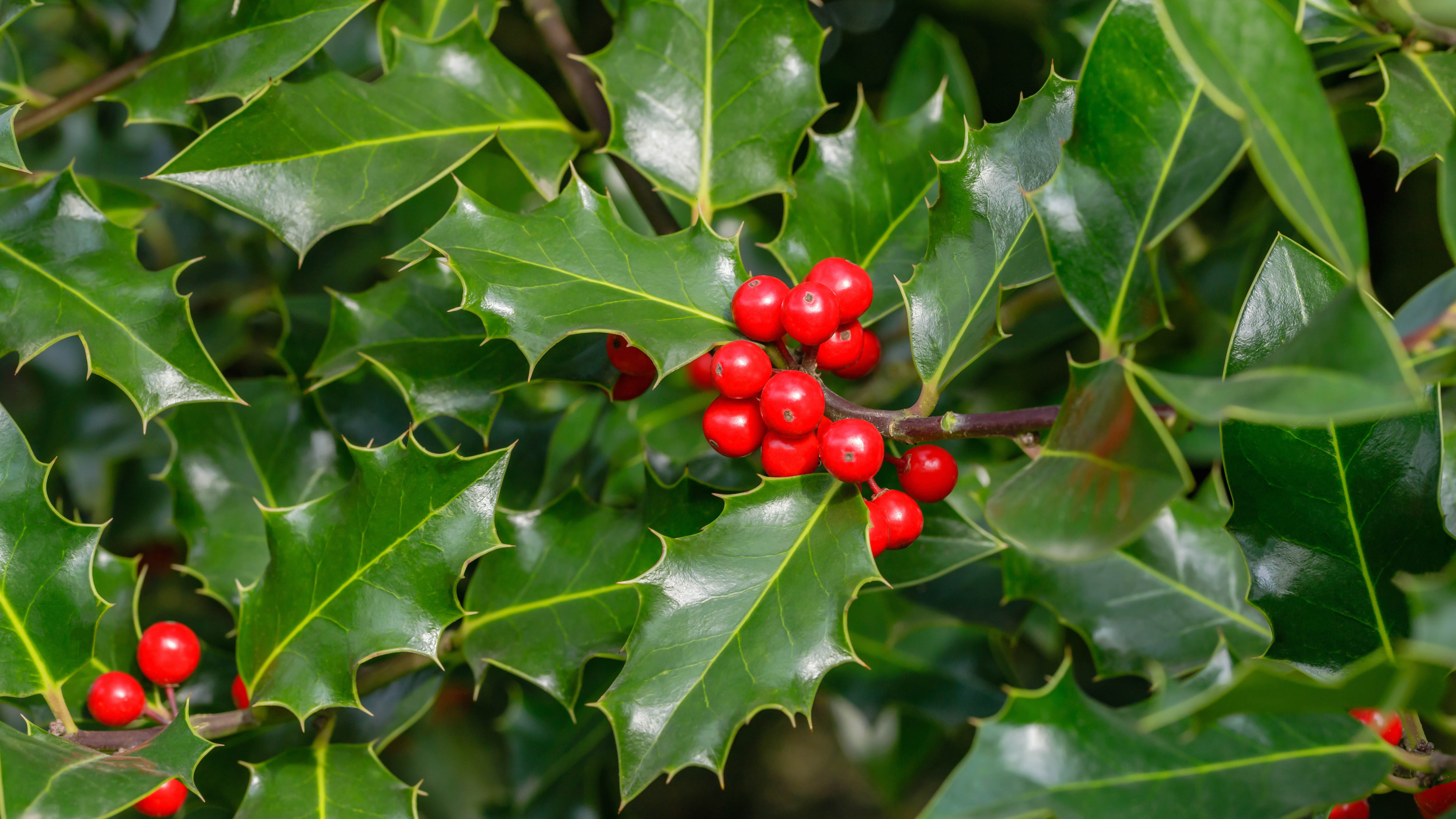
Also known as Christmas holly or English holly, common holly has an iconic appearance which often graces holiday cards and decorations. It features spiky green leaves with vibrant red berries, and growing up to 50 ft tall, it will be sure to make an impression given the chance. As an evergreen, perennial shrub, its leaves will add a splash of deep green to your yard all year around, and with berries on display throughout the winter, that red will contrast nicely against the snow.
Common holly grows best in USDA Zones 5-8. It thrives in the full sun, although partial shade is acceptable too, with slightly acidic soil. If the spikey leaves didn’t give it away, hollies are fairly hardy though, and are adaptable if conditions vary. It should be watered regularly in the summer, keeping soil conditions moist, scaling it back through fall and then left to itself over winter. The berries are toxic to humans and pets, but they make for a good snack for birds while food is scarce.
Common holly is considered to be an invasive plant in some regions too, so you will need to adhere to local rules.
2. Snowdrops
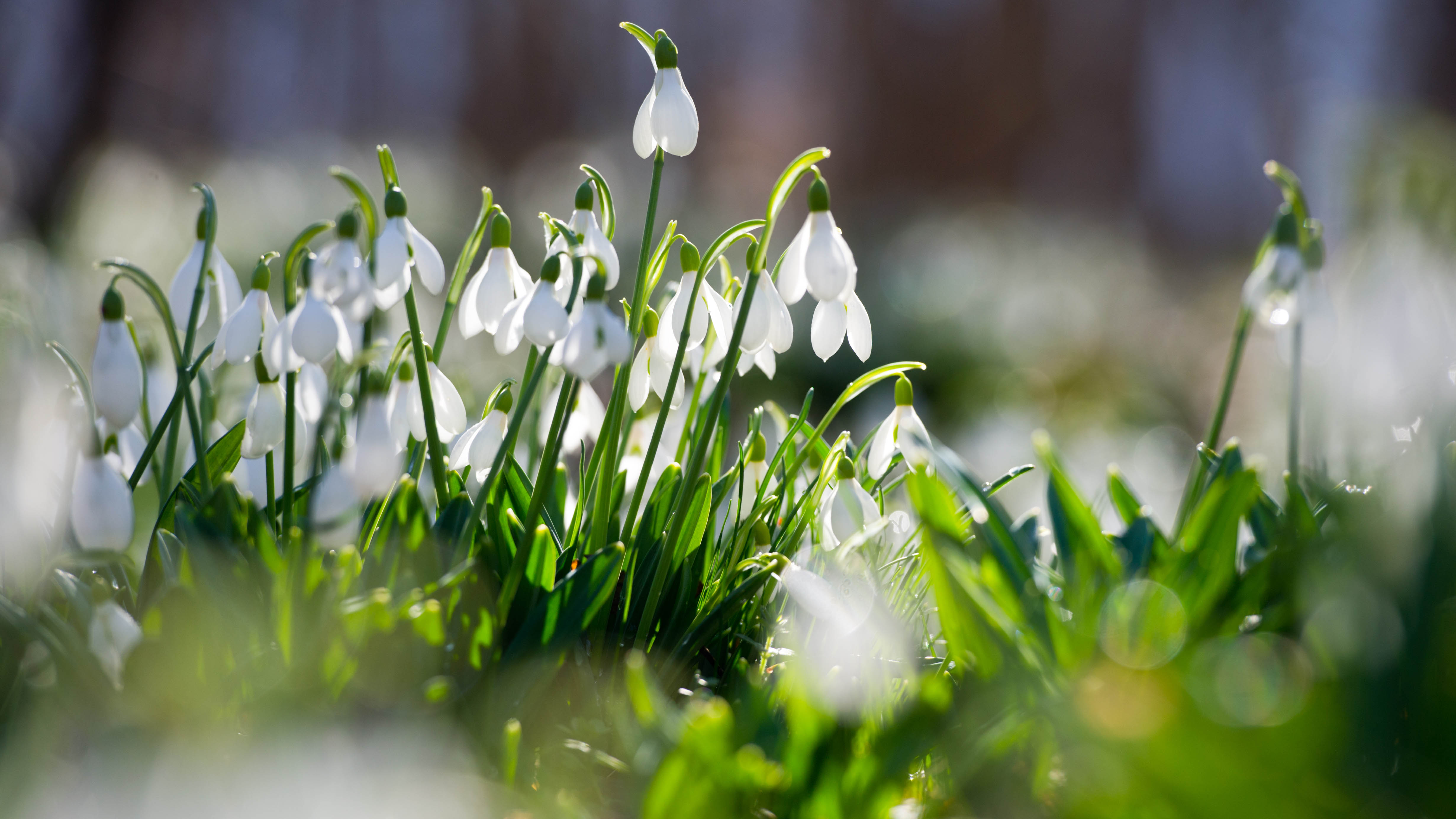
As the name implies, snowdrops are built to handle colder temperatures. These bulbous plants display sweet and small white flowers that hang from the stalk, alongside long and thin leaves. Each plant grows from 3-6” tall, so it's a small addition to a yard, but by planting several, it can make for a pretty sight when they push up through the snow.
Sign up to get the BEST of Tom's Guide direct to your inbox.
Get instant access to breaking news, the hottest reviews, great deals and helpful tips.
Snowdrops flower early in the year, and will fade come late spring. But, as perennials, they will rise again next year. They’re certainly a dainty and pretty addition to what can be an empty landscape at this time.
Snowdrops prefer USDA Zones 3-7 — warmer climates won’t be suitable for these cold-loving perennials. Snowdrops want about 6 hours of sunlight a day, growing well with light to moderate shade and well-drained soil. Take care with watering this plant — as it blooms from January to March, conditions will likely be cold enough that it won't require regular attention. But, if things heat up, make sure water is available. The bulbs should be planted in the fall to bloom by the following spring. Bear in mind, this plant is toxic to pets and children.
3. Red twig dogwood
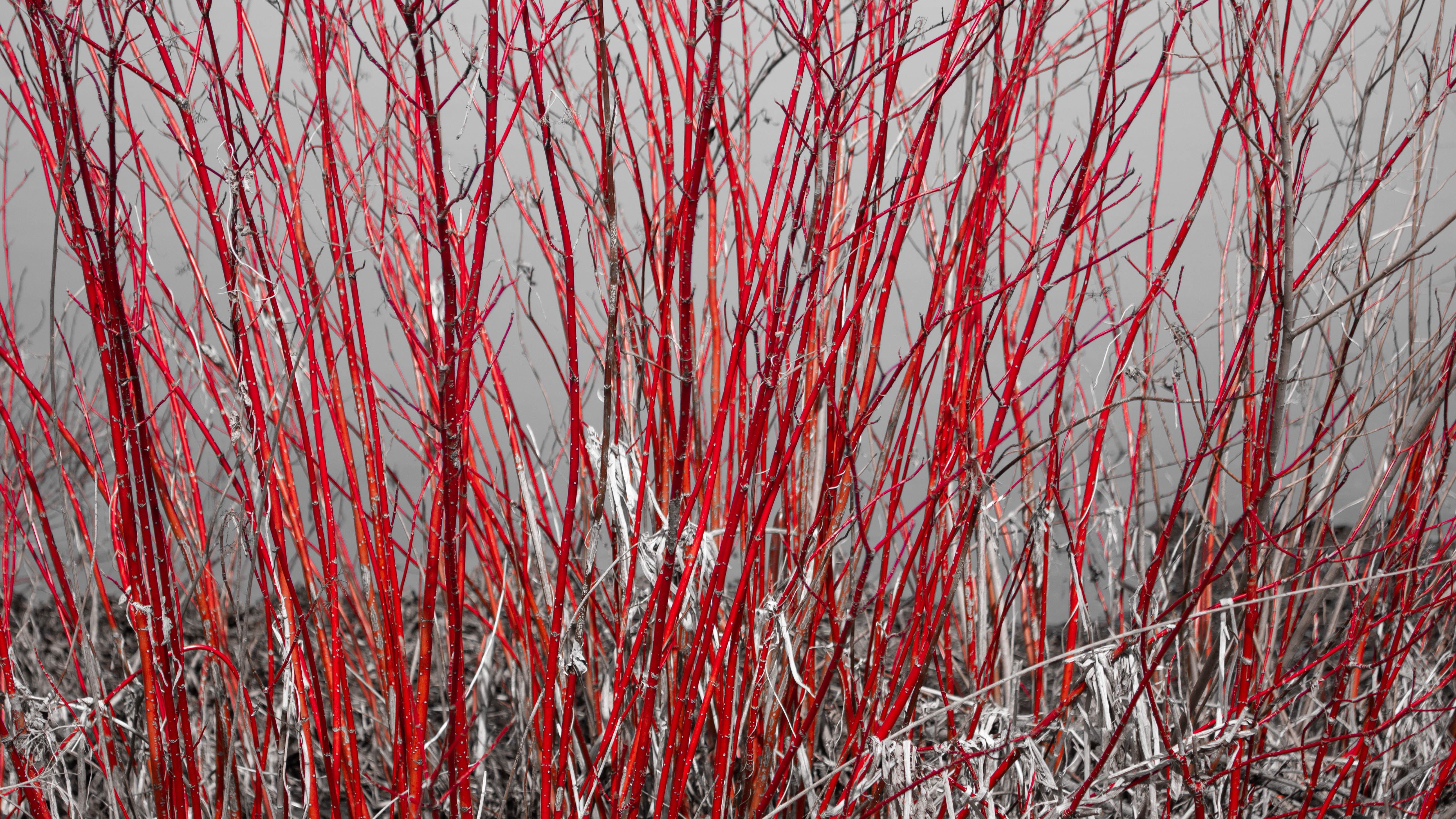
Also known as red osier dogwood, red twig dogwood creates a striking display through the winter months. Once the leaves fall, you’re left with vibrant red branches which contrast sharply against everything else, whether your yard is coated with white snow or still green with foliage. They’re so stunning, that some will take cuttings to display indoors for added décor here too. And this deciduous shrub is not to be overlooked in the other seasons either — it features white blooms as well as white fruit in the summertime, and can reach heights of up to 10 ft tall.
Red twig dogwood is hardy to say the least, thriving in USDA Zones 3-8. It prefers to sit in the full sun — some shade will be tolerated, but this can impact its growth and the vibrancy of its red bark. Soil should be kept moist as well as acidic. Pruning with the best pruning shears will be required every few years, which is best done in the early spring.
4. Ornamental kale
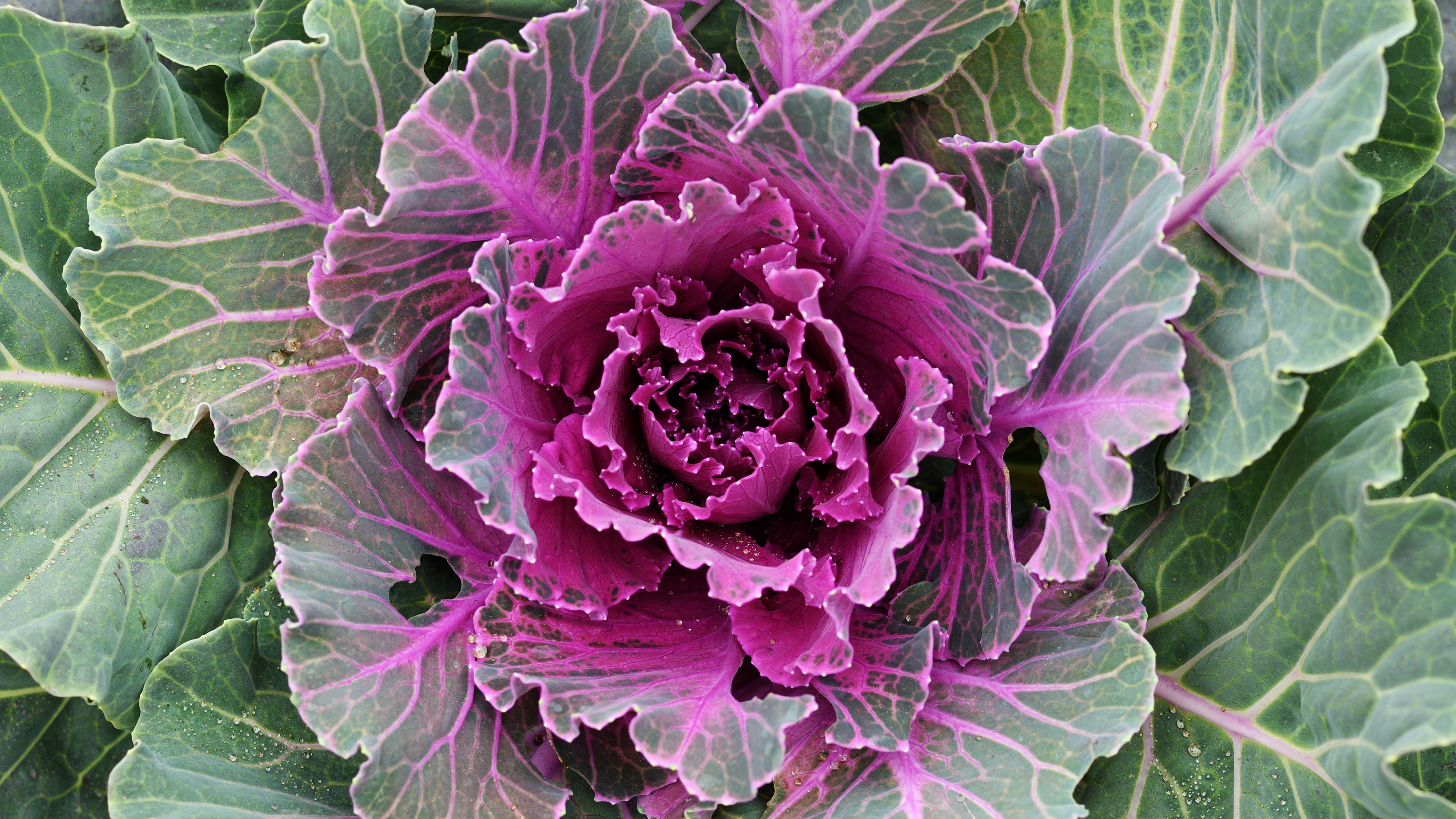
With stunning purple, white and pink displays, ornamental kale, or flowering kale, can make for a great winter-hardy addition to the garden. Rather than actual flowers, the leaves themselves contain these colors and form a bunched structure which gives them the appearance of flowers. It’s often grown as an annual plant in the spring or fall, and as it can handle temperatures below freezing, it tends to survive the winter. It can produce actual flowers during the second year of growth, but it is usually removed before this stage once the foliage has finished its display.
Ornamental kale grows best in USDA Zones 2-11, but it’s worth bearing in mind that the cooler weather will encourage better color from the foliage. Keep it in the full sun with regular access to water — this plant prefers moist conditions, so don’t let it dry out. You can also grow it in containers if you want to keep it separate from your flowerbeds.
5. Christmas rose
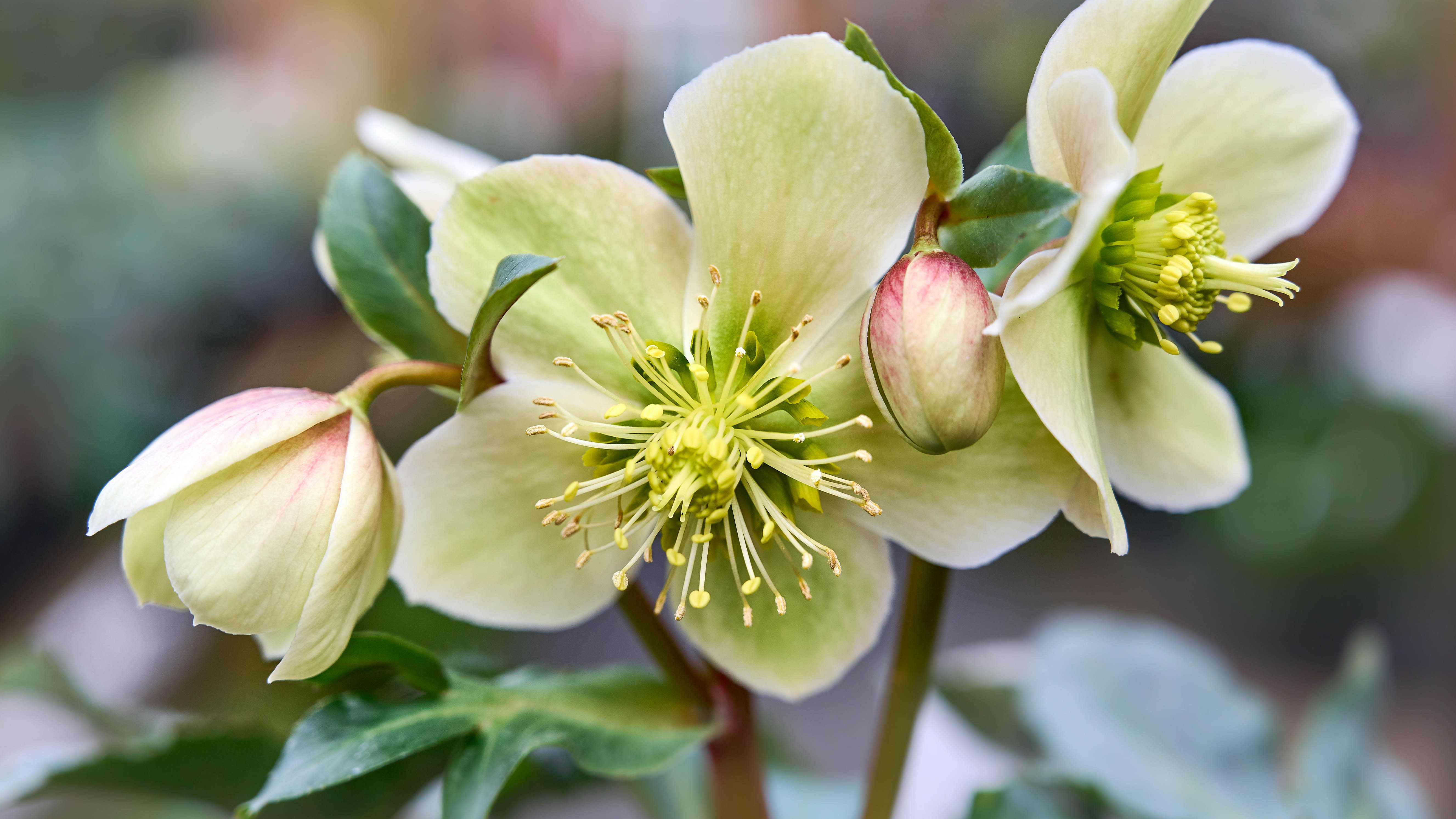
The Christmas rose provides beautiful white blooms from February to March, although this can vary depending on your climate. It has a simple and yet elegant appearance, with five large white petals protruding per flower head and fine, yellowed stamens. Growing up to 12 inches tall, this evergreen perennial can make for a pretty addition to any yard, even in the harsh winter climate. And it will continue to flower in warmer conditions too. But, take care as it’s toxic to both humans and pets.
Best grown in USDA Zones 3-8, the Christmas rose, or helleborus niger, thrives in shaded spots, protected from the elements — although it should have access to the sun through the winter months. Moist, well-drained soil, which is neutral to slightly alkaline in nature is preferred, but don’t let the plant be overexposed to moisture, or its roots will rot.
6. Winterberry holly
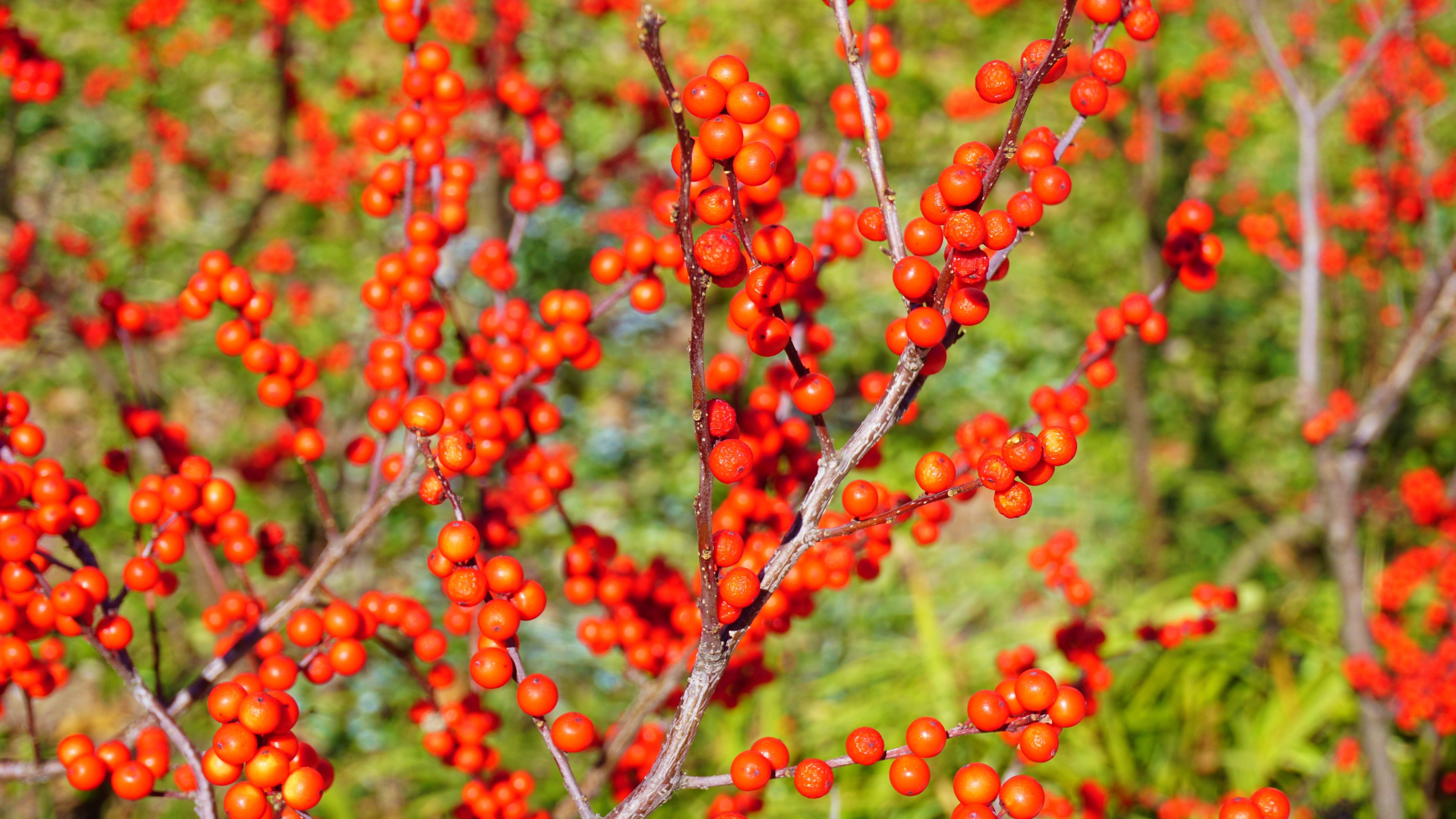
Think of winterberry holly almost as a cross between common holly and red twig dogwood. As another variety of holly, you get those same vibrant red berries in the winter months, but as a deciduous shrub, it will also lose its leaves in the fall, which means you’re left which a bare splash or red color in your yard, much in the same way that red twig dogwood provides. It’s worth flagging, you will need a male plant nearby to produce this fruit, otherwise you will be left with a bare bush.
Winterberry holly will suit USDA Zones 3-9. Best conditions for growth are similar to those listed for common holly, with access to direct sun and water on a regular basis. This shrub can live for decades with the right conditions, plus the berries provide meals for the birds over the colder months, so it’s a winning addition for any sparse landscape. Although these berries are poisonous to both pets and people, so take care.
7. Winter heath
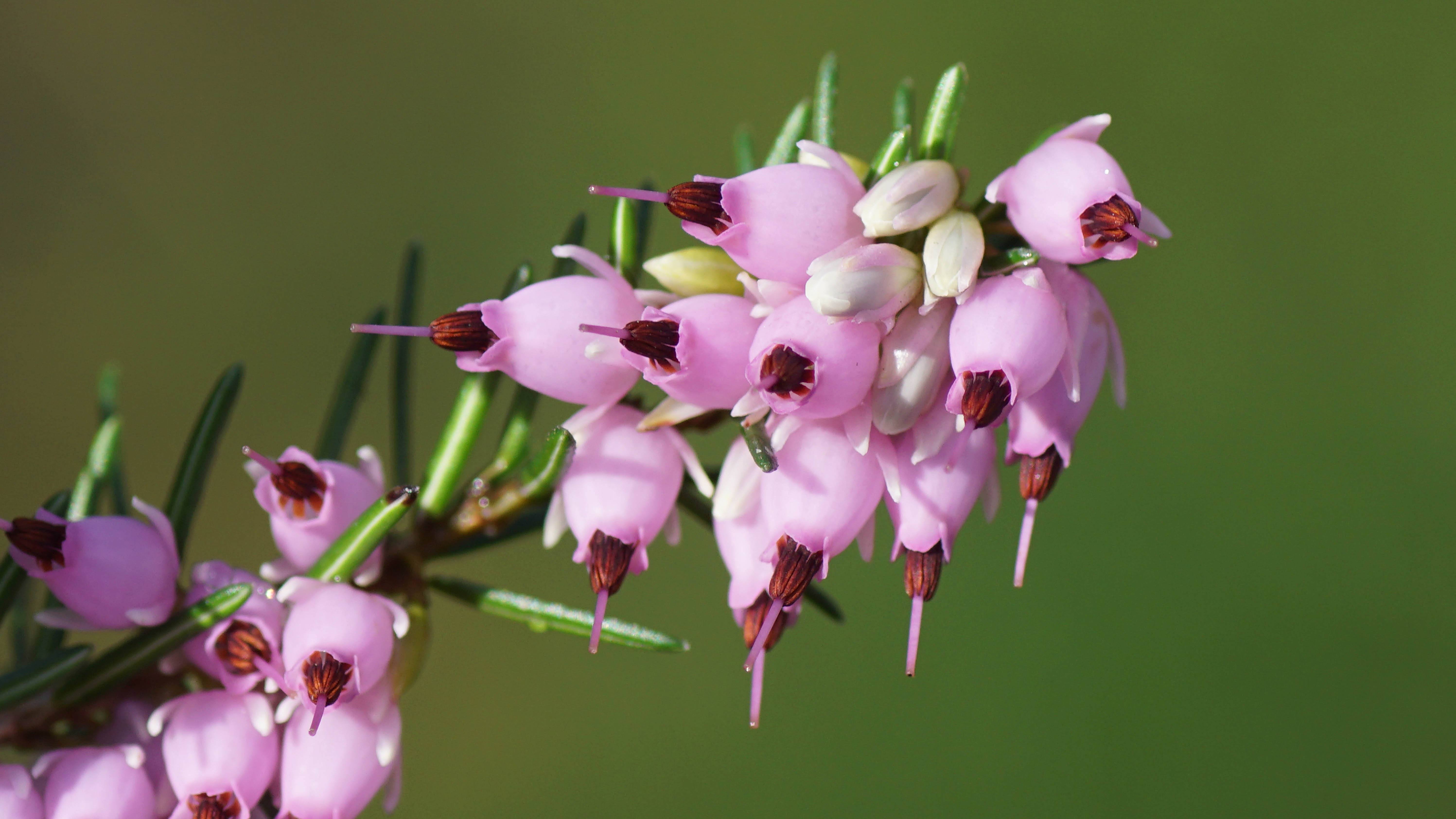
If you want to cover up bare patches of soil over the winter months, opt for a winter-blooming groundcover such as winter heath. These grow low and wide, which is great for preventing weeds as well as covering up unsightly areas, such as open soil and rocks. With pink flowers blooming from the late winter, it can add a well-deserved splash or color where needed. And we’ve found 7 uses for ground cover plants if you want more reasons.
Winter heath remains hardy in USDA Zones 7-9. It prefers full sun, and sandy well-drained soil, with regular access to water while still young and growing. It will need pruning once the flowers fade in spring, but it’s pretty easy to grow otherwise.
More from Tom's Guide
- Here are 7 plants that will thrive in the shade
- Check out these 5 tips to save an overwatered plant
- We've also found 7 flood-tolerant plants to protect your yard from heavy rain

Katie Mortram used to be a Homes Editor for Tom's Guide, where she oversaw everything from kitchen appliances to gardening tools, as well as smart home tech. Specializing in providing expert advice for cleaning and home manintenance, she now works as Household Advice Editor for Good Housekeeping.
